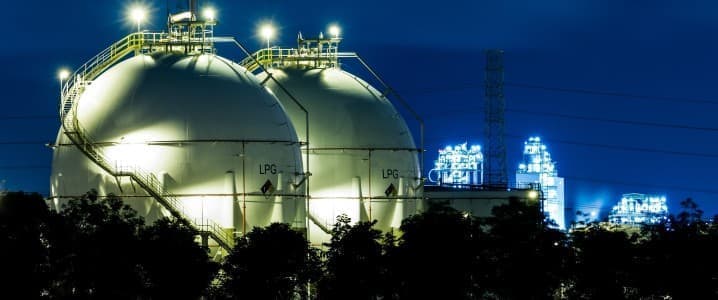After nearly three years of lurching between panic and euphoria, U.S. natural gas markets are finally catching their breath. Volatility in the Henry Hub front-month futures contract—a key benchmark for U.S. gas prices—has fallen sharply in the first half of 2025, signaling a return to something resembling stability.
According to newly released data from Bloomberg and highlighted by the EIA, annualized volatility dropped from a frothy 81% in Q4 2024 to 69% by mid-2025. While that’s still elevated compared to pre-2022 norms, it’s a meaningful decline, suggesting that the market is no longer reacting to every weather forecast or geopolitical rumor.
The calm follows a record-setting storage build season. After a warm winter and sluggish demand from both the power sector and LNG export terminals earlier this year, the U.S. entered injection season with inventories already running high. By mid-July, storage levels were within spitting distance of the five-year average—a stark contrast to the storage panic of 2022, when Europe’s scramble for LNG sent U.S. gas prices surging.
This newfound balance has restored some seasonality to gas prices, with front-month futures responding more predictably to summer cooling demand and hurricane risks. It’s also coincided with a broader shift in gas trading behavior: hedge funds have started unwinding speculative long positions, and physical buyers are reportedly locking in forward contracts at more favorable rates.
But with LNG export capacity expected to surge in 2026 and domestic power demand increasingly tethered to AI-driven data center growth, the next volatility cycle may already be loading in the background.
For now, though, U.S. gas is—finally—acting its age.
By Julianne Geiger for Oilprice.com
More Top Reads From Oilprice.com:

